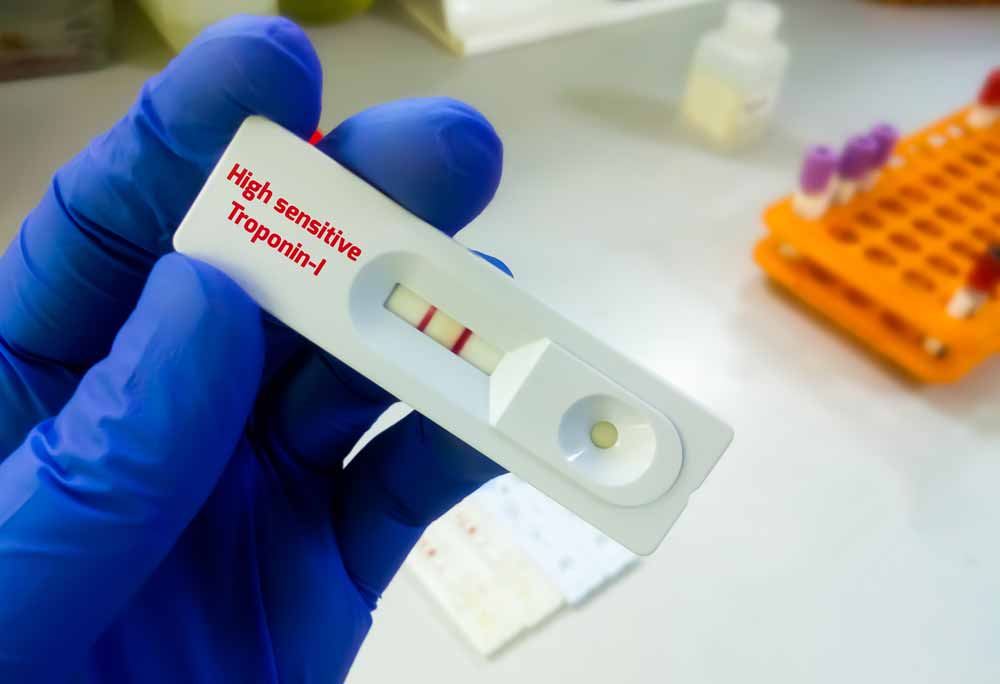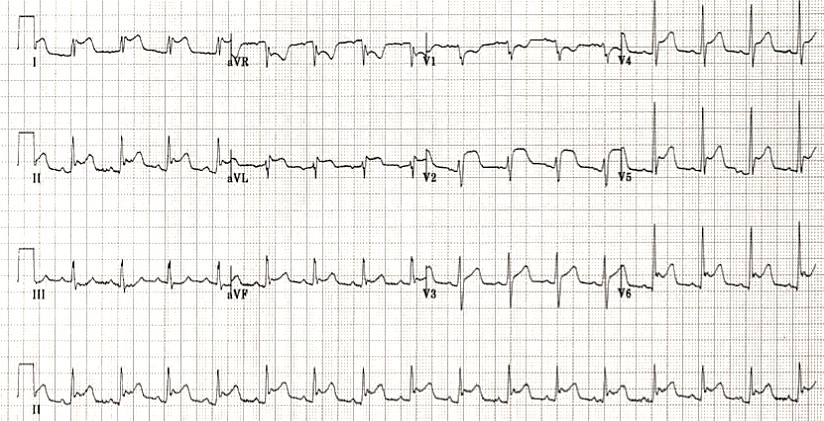PESI scale (Pulmonary Embolism severity index) online calculator

The PESI is designed to risk stratify patients who have been diagnosed with a PE in order to determine the severity of their disease. This can help physicians make decisions on the management of those patients who could potentially be treated as out-patient, as well as raise concern for those who are determined to be high-risk and could benefit from higher levels of care.
Male
Female
Yes
No
Yes
No
Yes
No
Yes
No
Yes
No
Yes
No
Yes
No
Yes
No
Yes
No
| Patient’s score | Risk classes | 30-day mortality |
|---|---|---|
| 0 | 0 | 0 |
| Parameters | Original scale | Simplified version |
| Age years | Age years | 1 point (if age˃80 years) |
| Male gender | +10 points | ‒ |
| History of cancer | +30 points | 1 point |
| History of heart failure | +10 points | 1 point |
| History of chronic lung disease | +10 points | |
| Heart rate ≥110 | +20 points | 1 point |
| Systolic BP <100 mmHg | +30 points | 1 point |
| Respiratory rate ≥30 | +20 points | ‒ |
| Temperature <36°C/96.8°F | +20 points | ‒ |
| Altered mental status (disorientation, lethargy, stupor, or coma) | +60 points | ‒ |
| O2 saturation <90% | +20 points | 1 point |
Interpretation of results:
Evaluation of the result. If the PESI score is> 85 (risk classes III – V) or the sPESI score is ≥ 1, the risk is considered high and the patient is evaluated for right ventricular function (EchoCG). With an index <85 points, the risk of death is low and PE therapy can be performed on an outpatient basis.
| Risk stratification | Scores | Risk 30-day mortality | Risk 30-day mortality |
| Class I | ≤65 | very low risk | 0.0-1.6% |
| Class II | 66-85 | low risk | 1.7-3.5% |
| Class III | 86-105 | intermediate risk | 3.2-7.1% |
| Class IV | 106-125 | high risk | 4.0-11.4% |
| Class V | ˃125 | high risk | 10-24.5% |
Classification of patients with acute PE according to the risk of early mortality
| Early mortality risk | Risk criteria | ||||
| Unstable hemodynamics (shock, hypotension) | PESI * class III-IV or simplified PESI≥1 point | Signs of right ventricular dysfunction according to imaging examinations | Elevated cardiac troponins | ||
| High | + | (+) | + | (+) | |
| Average | High | ‒ | + | + | + |
| Low | ‒ | + | +/‒ | +/‒ | |
| Low | ‒ | ‒ | ‒ | ‒ |
One of the criteria for assessing the risk of early mortality due to PE is its class according to the PESI scale, which provides for the assessment of clinical parameters and comorbid conditions that affect the 30-day prognosis.
The Pulmonary Embolism Severity Index (PESI) is a risk stratification tool that has been externally validated to determine the mortality and outcome of patients with newly diagnosed pulmonary embolism (PE).
In the setting of a patient with renal failure or severe comorbidities, clinical judgment should be used over the PESI, as these patients were excluded in the validation study.
The PESI score determines the risk of mortality and severity of complications.
The score does not require laboratory variables.
It is meant to aid in decision-making, not replace it. Clinical judgment should always take precedence.
The PESI score determines clinical severity and can influence treatment settings for the management of PE.
Class I and II patients may possibly be safely treated as outpatients in the right clinical setting.
Resources:
- Aujesky D, Obrosky DS, Stone RA, Auble TE, Perrier A, Cornuz J, Roy PM, Fine MJ. Derivation and validation of a prognostic model for pulmonary embolism. Am J Respir Crit Care Med. 2005 Oct 15;172(8):1041-6. doi: 10.1164/rccm.200506-862OC. Epub 2005 Jul 14. PMID: 16020800; PMCID: PMC2718410.
- Donzé J, Le Gal G, Fine MJ, Roy PM, Sanchez O, Verschuren F, Cornuz J, Meyer G, Perrier A, Righini M, Aujesky D. Prospective validation of the Pulmonary Embolism Severity Index. A clinical prognostic model for pulmonary embolism. Thromb Haemost. 2008 Nov;100(5):943-8. doi: 10.1160/th08-05-0285. PMID: 18989542.
- Aujesky D, Roy PM, Verschuren F, Righini M, Osterwalder J, Egloff M, Renaud B, Verhamme P, Stone RA, Legall C, Sanchez O, Pugh NA, N’gako A, Cornuz J, Hugli O, Beer HJ, Perrier A, Fine MJ, Yealy DM. Outpatient versus inpatient treatment for patients with acute pulmonary embolism: an international, open-label, randomised, non-inferiority trial. Lancet. 2011 Jul 2;378(9785):41-8. doi: 10.1016/S0140-6736(11)60824-6. Epub 2011 Jun 22. PMID: 21703676.
- Jiménez D. et al. Simplifi cation of the pulmonary embolism severity index for prognostication in patients with acute symptomatic pulmonary embolism. Arch Intern Med. 2010; 170(15): 1383–1389.





